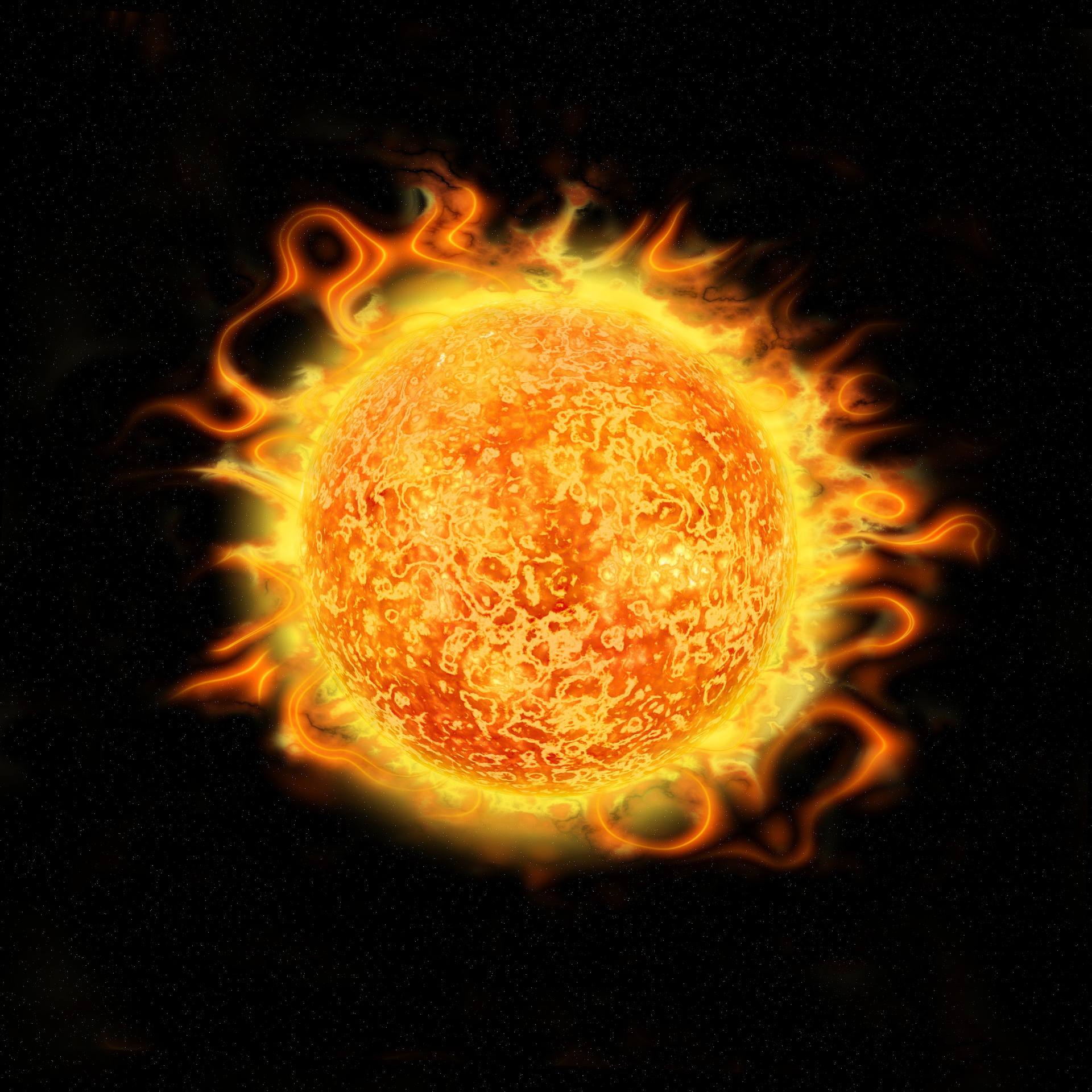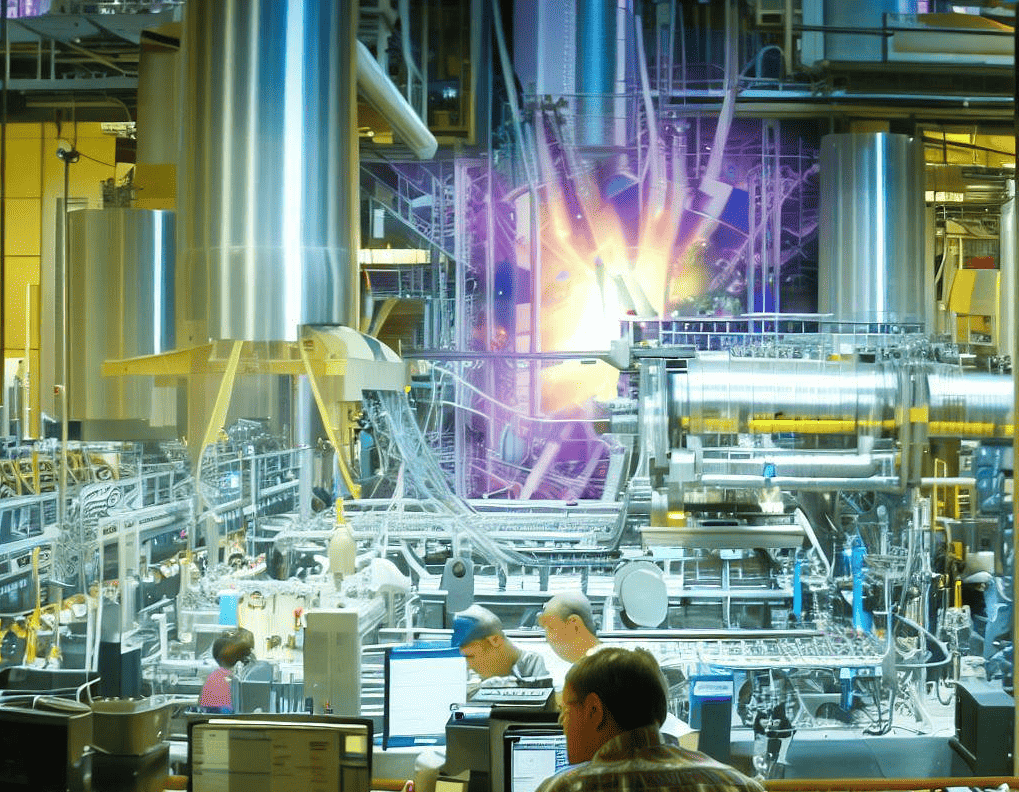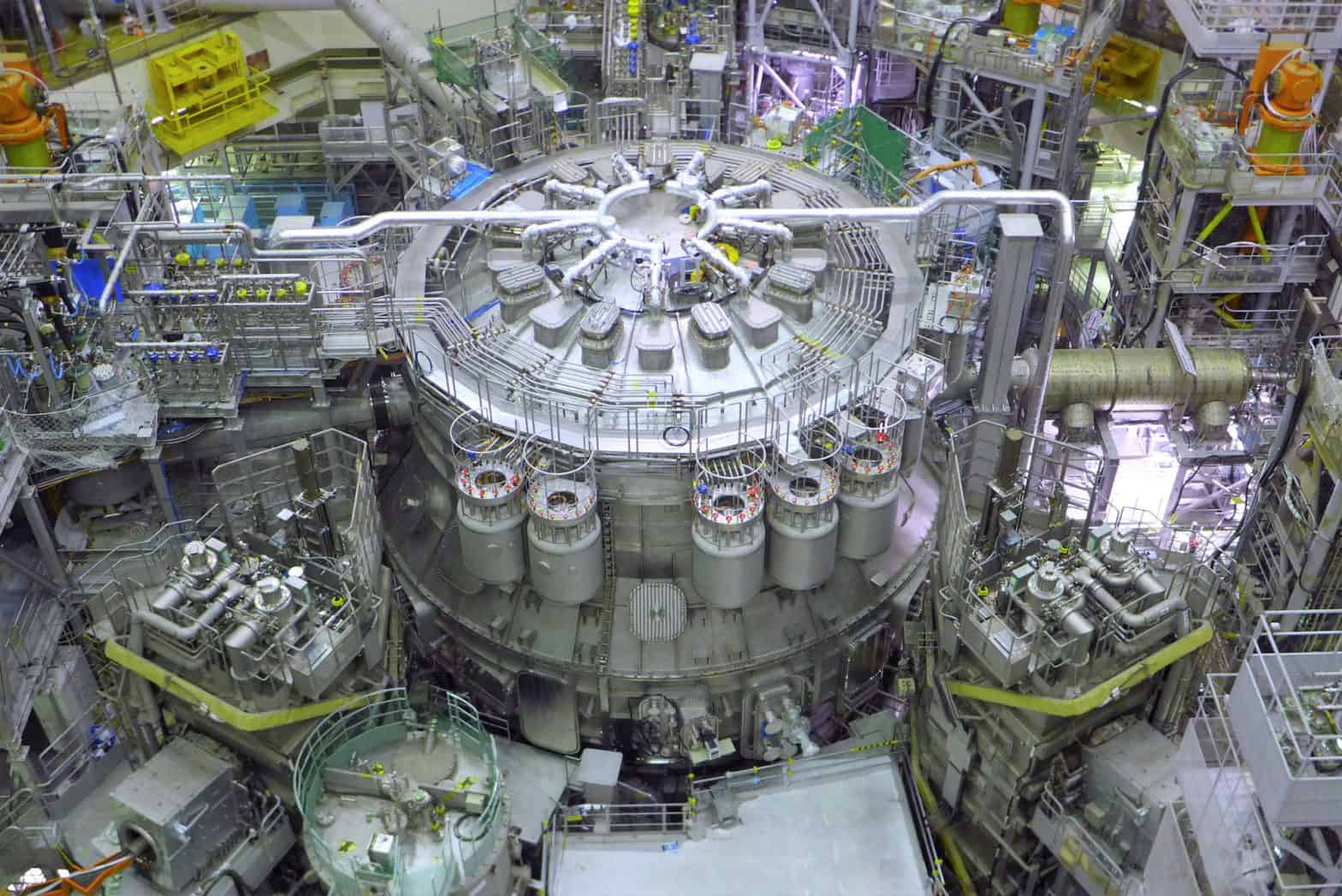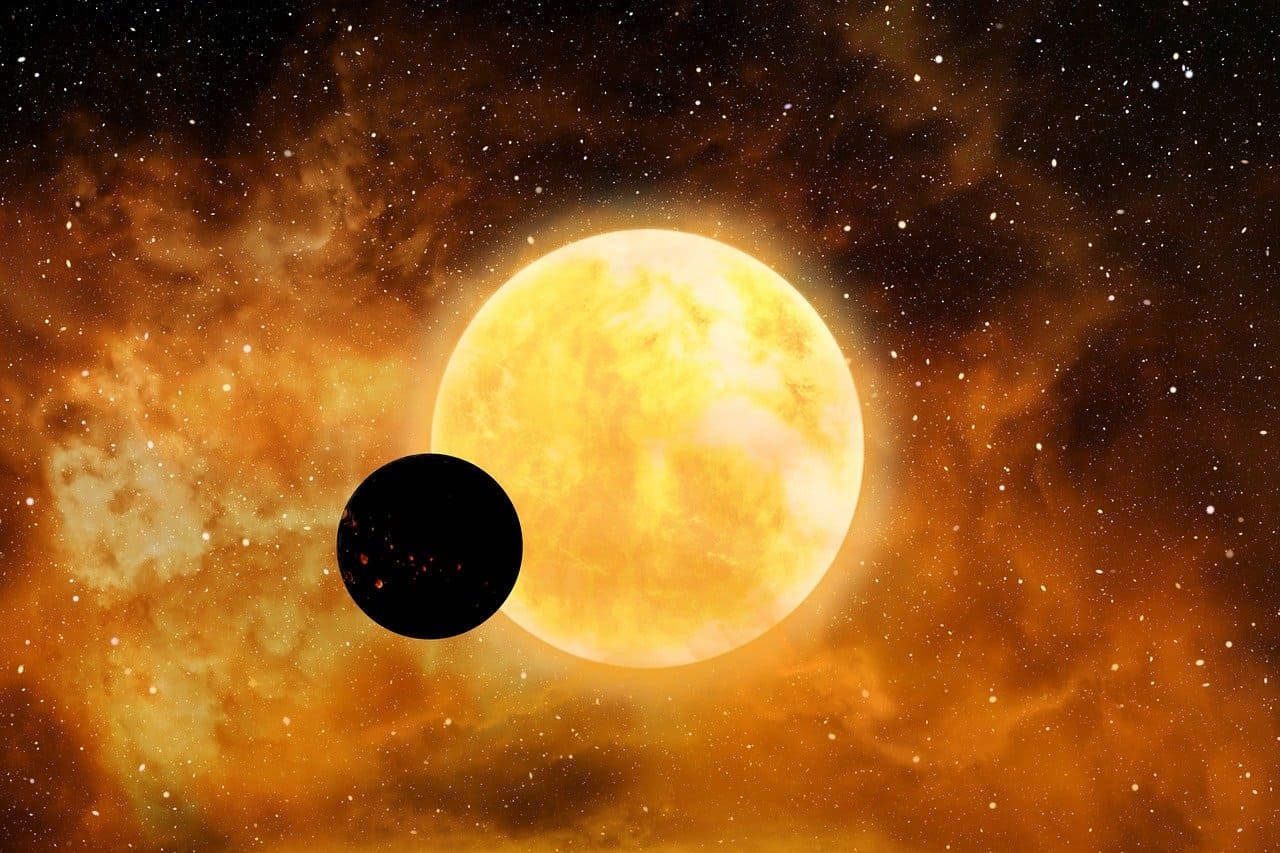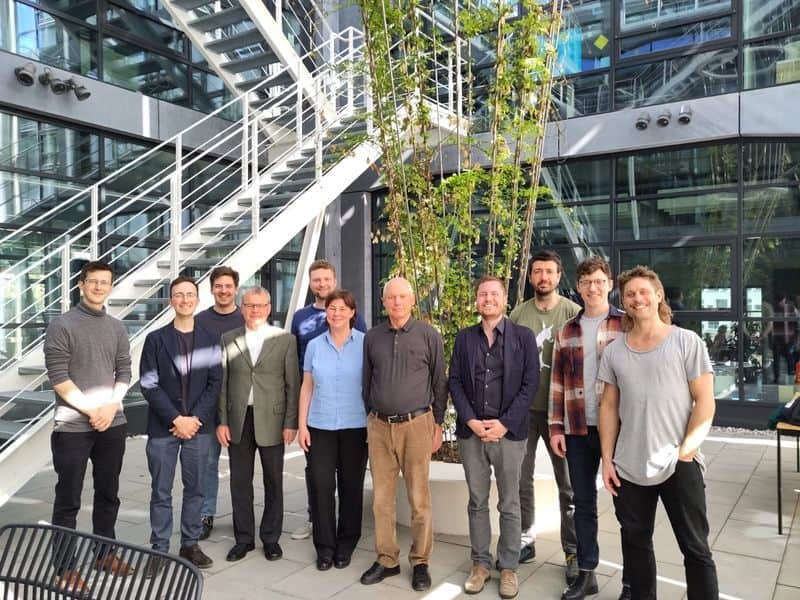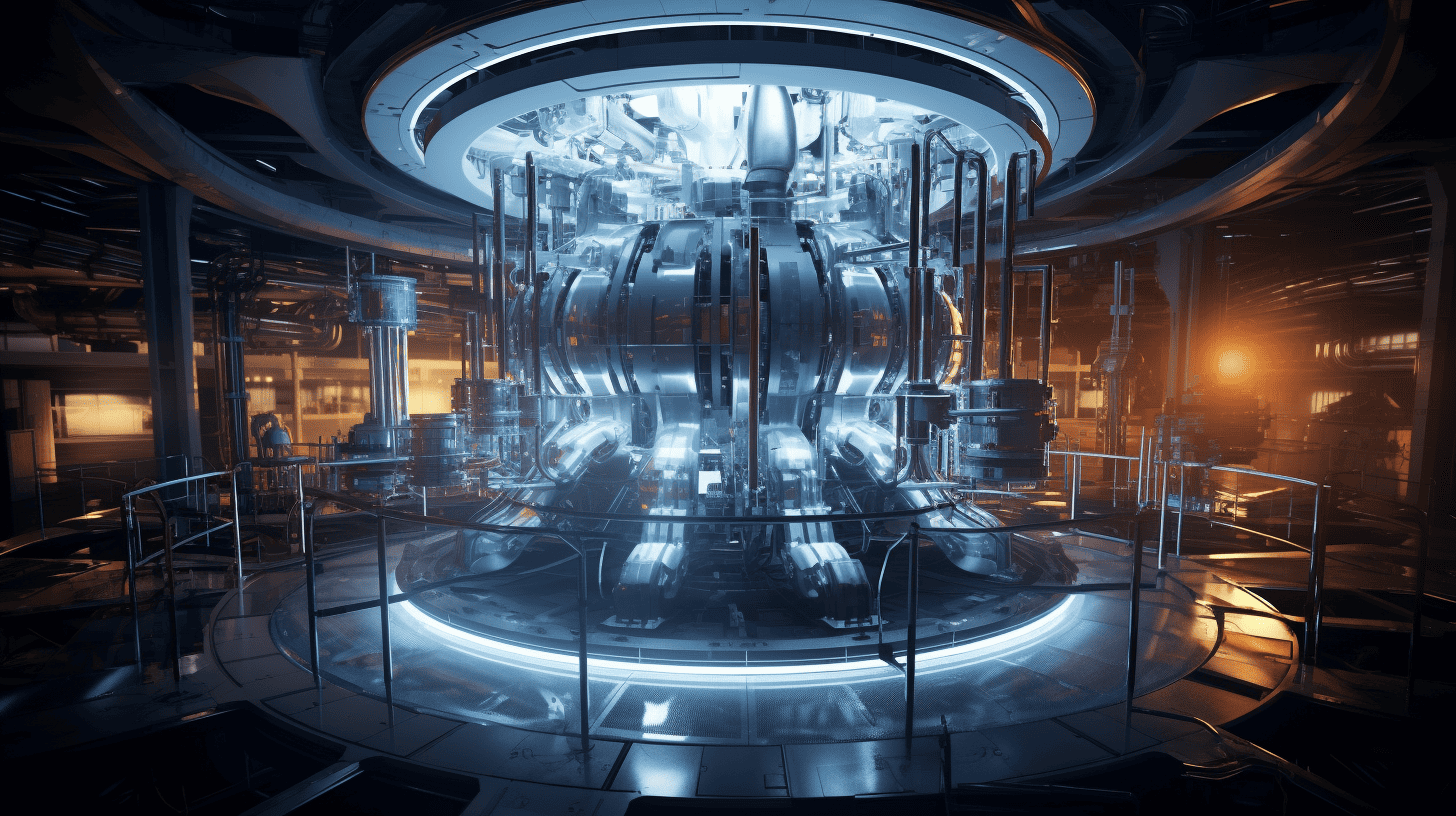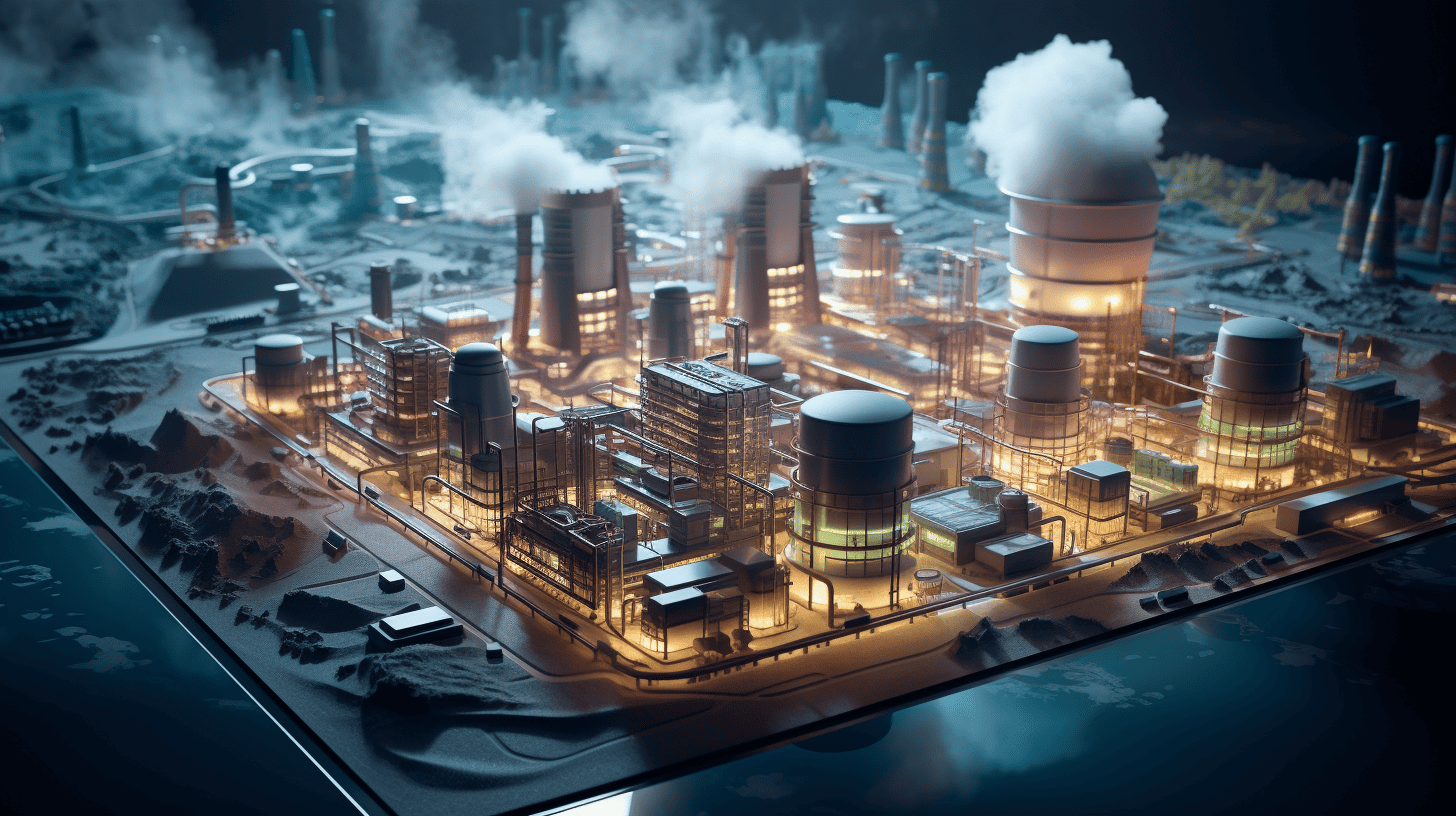
In time, it will be possible to generate energy on a grand scale using nuclear fusion. That is what the experts at Lawrence Livermore National Laboratory (LLNL) have claimed in a press conference. The press conference followed the breakthrough in which U.S. scientists succeeded in generating energy gains through nuclear fusion for the first time ever.
The scientists involved as well as US government agencies met yesterday to explain the breakthrough to the public. “According to our calculations, it is possible to achieve hundreds of megajoules on a massive scale by using a laser system,” LLnl director Kim Budil said in conclusion.
The breakthrough signifies a major step forward in the transition to a sustainable future in which nuclear fusion and other renewable sources will replace fossil fuels.
Hundreds of times
Last weekend, the scientists succeeded in achieving a net energy gain for the first time ever with their laser setup. The fusion reaction at the American government facility generated approximately 2.5 megajoules of energy, about 120 percent more than the lasers themselves used. “We had already attempted it hundreds of times, but now we were finally able to create the conditions where 192 lasers raised the hydrogen plasma to a very high temperature for a long enough amount of time,” explains Marvin Adams, NNSA Deputy Administrator for Defense Programs. The American scientists used a process called inertial confinement fusion. This involved blasting a tiny piece of hydrogen plasma with the world’s most powerful laser.
Overcoming obstacles
The scientists are now working on devising a concept for a pilot factory. There are major challenges to be overcome in the process. “Although this is a huge step forward, it Is still a one-off event. We now need to work toward building a robust system where multiple nuclear fusion reactions can be generated in one minute,” Budil explains. This involves thinking about what kind of materials a reactor should be composed of. Also, the lasers need to be optimized. It will probably be decades before nuclear fusion can be used on a massive scale to supply the world with energy.
Apart from the technical obstacles, the scientists stress in closing that other factors are critical for large-scale adoption of nuclear fusion as an energy source. For one thing, the private sector must also work with nuclear fusion to eventually develop a commercial fusion reactor.
